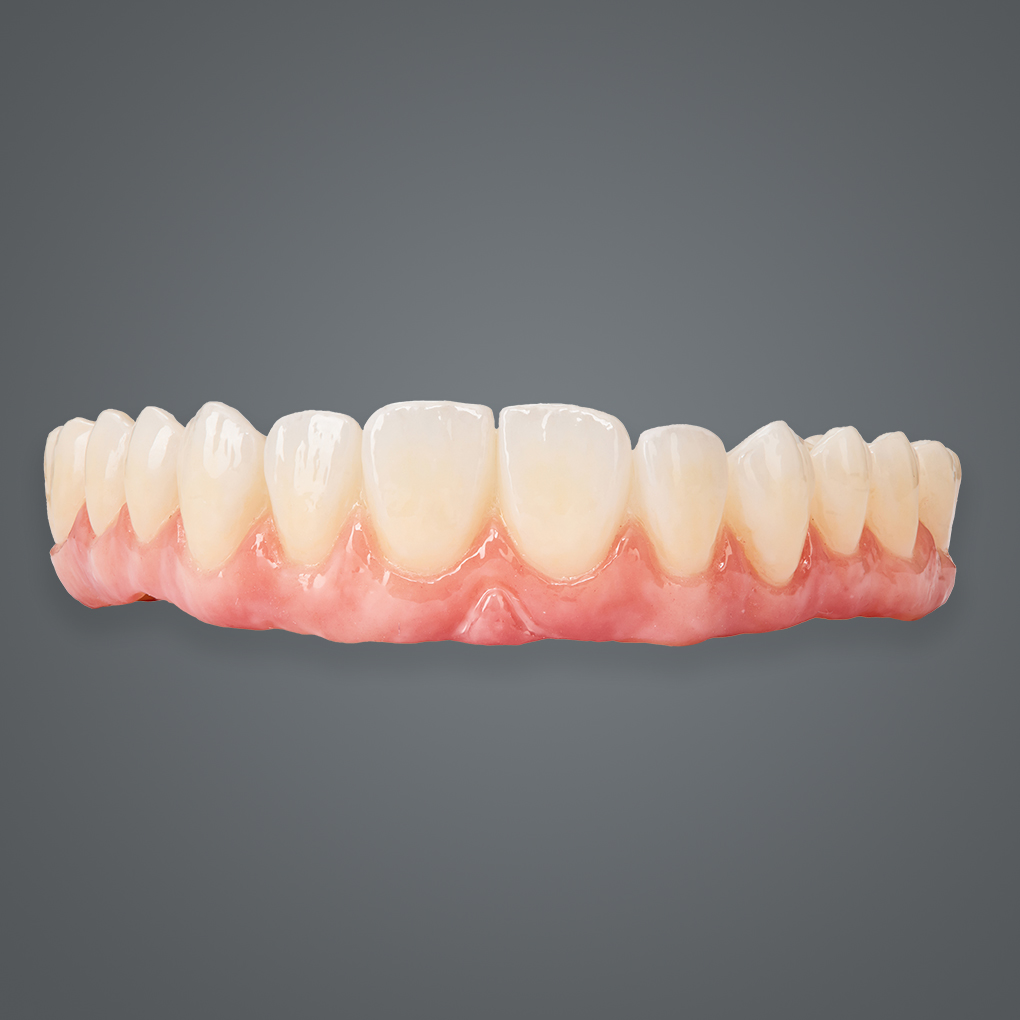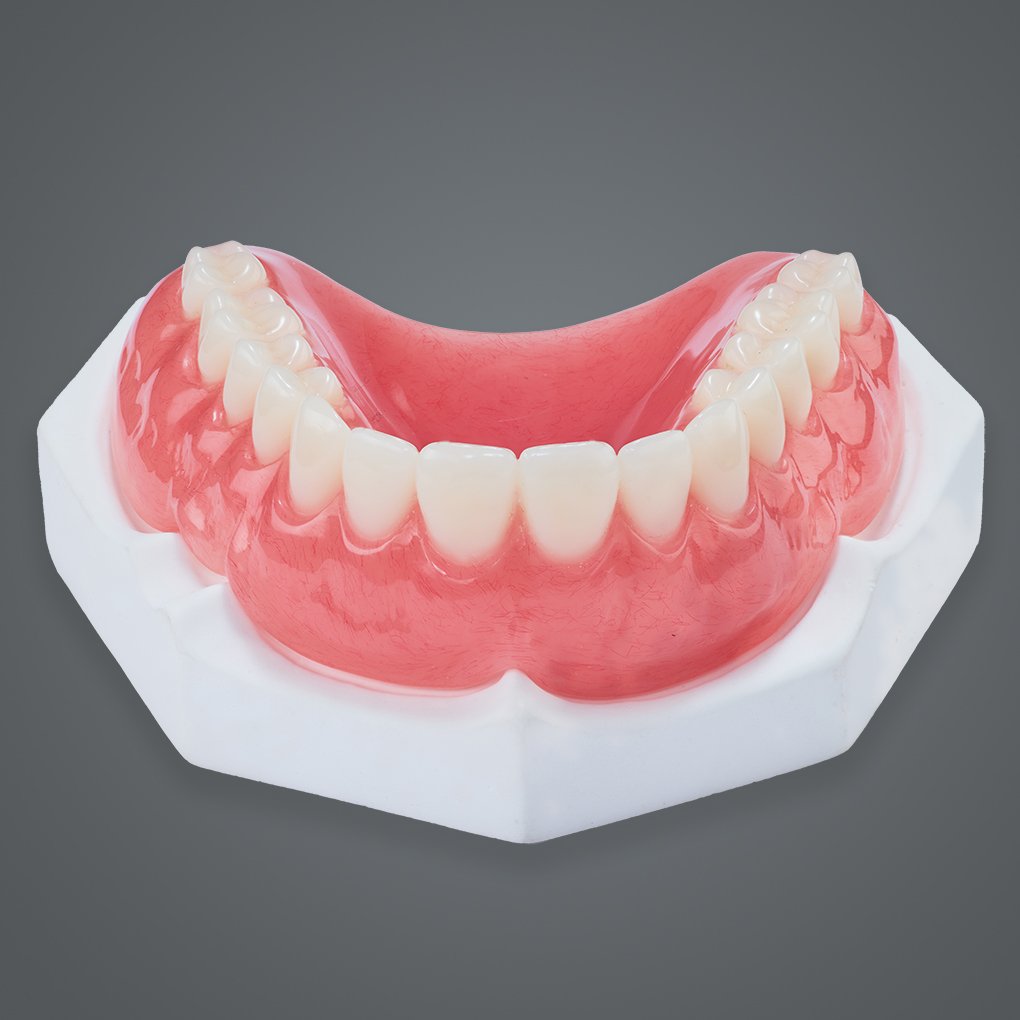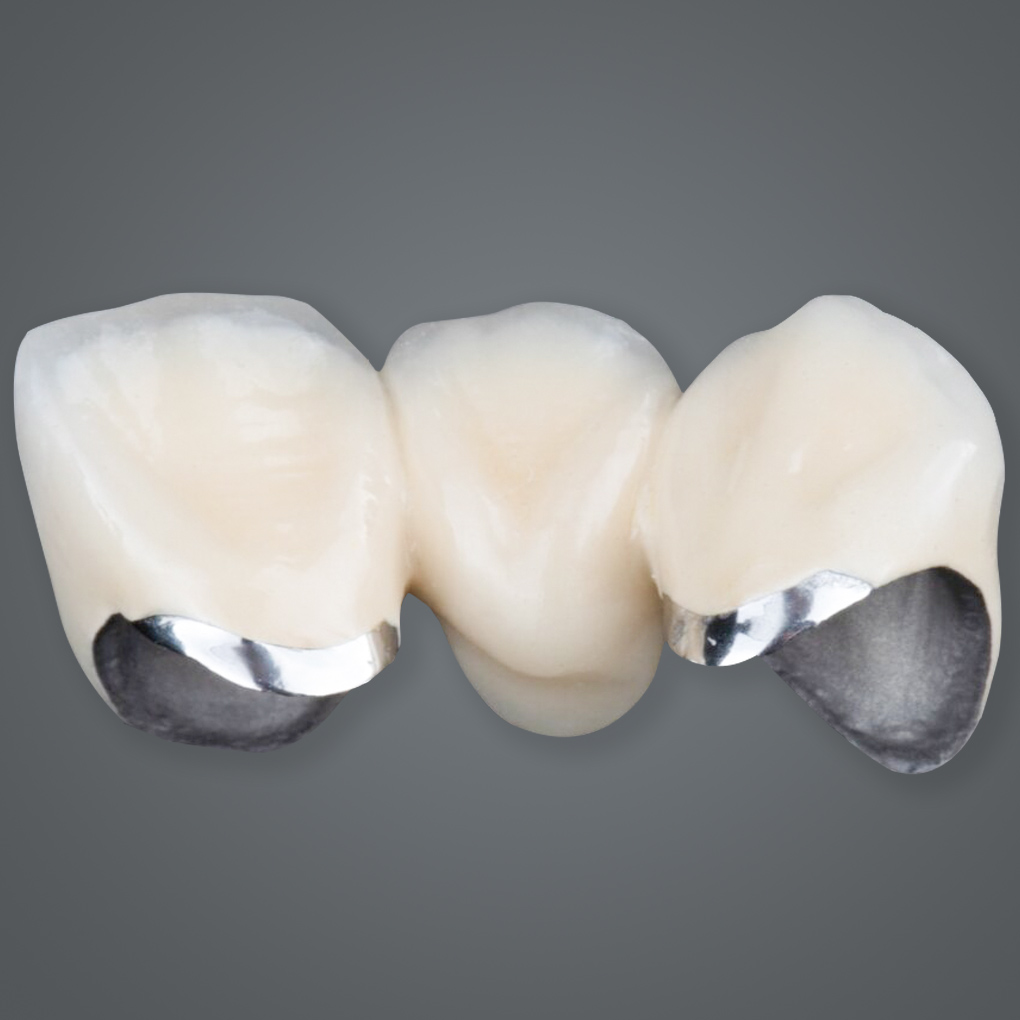Dental Implant is currently one of the leading solutions with outstanding efficiency in restoring lost teeth. This method is so popular because of its high aesthetic value and safety. However, patients still suffer implant failure for many reasons. This article will mention 4 signs and 7 causes of dental implant failure for people who are about to have a dental implant to refer.
Contents
A. Four signs of dental implant failure?
After the implant procedure, it usually takes about three months for the implant post. During this time, the rejection may occur if the implant shows signs such as:
1. Inflammation, swelling, and severe pain at the implant site
After the new implant surgery, the patient may feel pain, and the wound is swelling, but it will recover quickly after a while. However, if the implant position still has inflammation, swelling, and feels serve pain, you can think about dental implant failure.
2. The implant moves in the mouth – Osseointegration
Dental implant failure occurs when the implant post and the jawbone do not merge. After the implant, it usually takes a few months to develop the structure link between the bone and the new implant. However, if the bone is insufficient, this can leave the implant loose, move in the mouth, or even fall out.
3. The protrusion of implant post
The protrusion of the implant post is also a sign that indicates the implant has failed. This phenomenon occurs because the implant post and the bone are misaligned. As a result, the implant post will expose from the bone, the metal will be visible, and the gum can recede. This failure may be due to the manipulation of the dentist such as placing the wrong angle and deviation.
Correcting the position of the failure implant will be very difficult because the process of taking the implant can cause damage to the bone tissue and adjacent teeth.
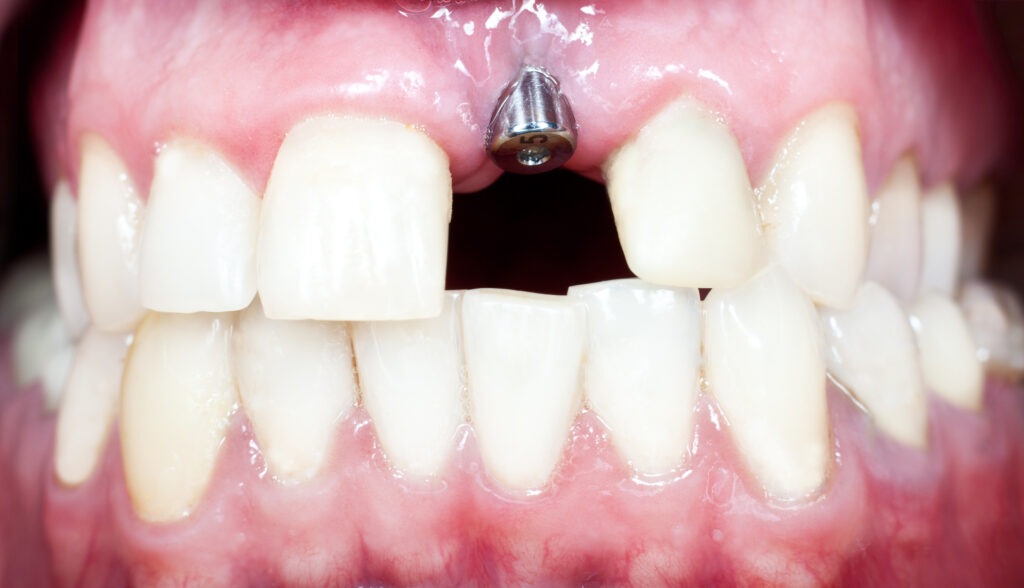
4. Strange sensations appear outside the implant area
When there is numbness, lingering pain, or a tingling feeling around the gums, lips, cheek, or tongue after a period of implantation, the possibility of nerve damage during the implantation process is very high.
The nerve damage occurs in cases where the doctors do not have experience in the dental implant field or do not use treatment planning during the treatment process, leading to incorrect implant placement, causing serious problems, and damaging the nerves around the mouth area.
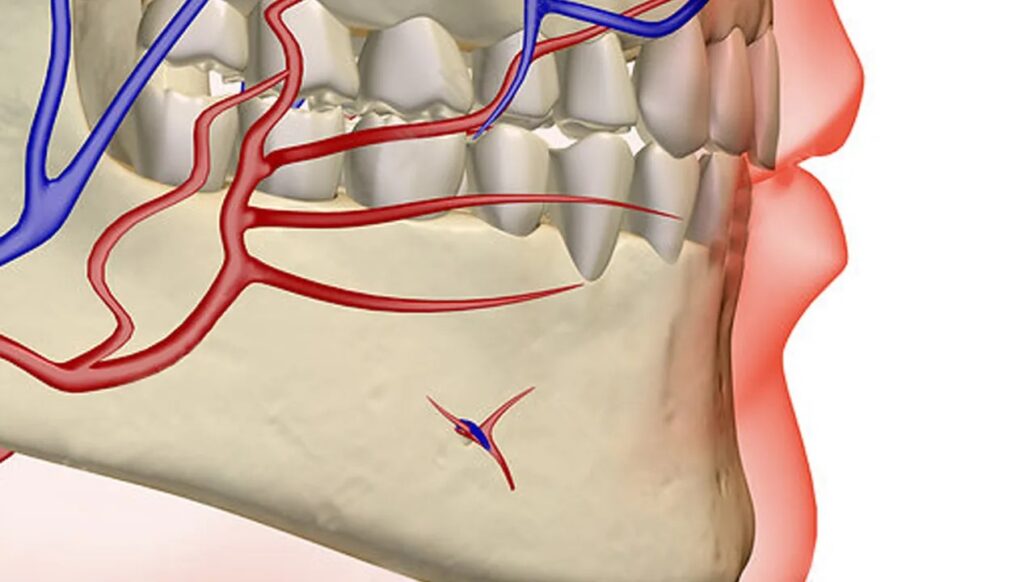
B. What is the cause of dental implant failure?
1. Infection after implant treatment
The cause of infection can be from:
– Poor oral hygiene habits, weakened immune system, smoking, diabetic patients (from the patient)
– Non-sterile implant support devices (from dentists, and assistants).
The post-implantation infection includes signs such as prolonged fever and 24 hours of continuous surgical bleeding. Even after the first day of surgery, the patient can feel severe pain and prolonged swelling, which does not respond to pain relievers.
2. Smoke
One of the leading causes of dental implant failure is smoking. Toxins from cigarettes slow down healing, which reduces blood supply to the implant site. According to some studies, the process of alveolar bone loss occurs faster in people who regularly smoke
3. Bone density
Low bone density is also one of the causes of dental implant failure because the implant is not covered by bone, leading to looseness and not fixation. To overcome this problem, almost all dentists survey the patient’s bone density before performing the implant. If bone density is too low, your dentist will recommend a bone graft or sinus lift procedure
4. The patient is allergic to the implant post
The material to make the implant is titanium metal. This material can cause many people to be allergic. Although Titanium is a well-researched and proven biocompatible metal with the body. However, as a foreign allergen, there are still cases where it is soon eliminated, and the body cannot adapt.
5. Poor care after implant placement
The patient’s habits and activities also have an impact on the implant. Besides, several factors related to the dentist are also the causes of dental implant failure
– The process of measurement, diagnosis, and prognosis is wrong
– Sterility during surgery is not guaranteed
– The drill makes the prepared bone area too hot
Thus, the phenomenon of dental implant failure after being implanted in the jaw of the operator is quite dangerous, it should be detected early and quickly corrected to avoid possible complications. The cause of the implant being rejected is in the patient and the treating doctor. Therefore, to avoid this situation from happening after implant placement, you should strictly follow what the doctor has instructed as well as take care of your teeth carefully. In addition, it is also necessary to choose quality implant materials
6. Poor impression and poor processing
The impression process plays an important role in producing correct replacement teeth. An inaccurate impression can result in a gap between the crown and the gum, allow bacteria to develop in the gums, and cause infection. Besides, using inferior material to make implants is also one of the factors that cause infection leading to dental implant failure. In addition to taking accurate dental impressions, dentists need to cooperate with reputable processing labs to ensure implant quality.
7. Skill and competence of the dentist
The skill of the dentist is a key factor in determining the success of the implant. A skilled dentist will present a detailed and meticulous implant treatment plan suitable for each patient. In addition, a good dentist will know how to make the correct impression, along with detailed instructions to help dental labs manufacture the accurate implant for the patient, limiting the correction that damages the jawbone.
In Vietnam, Xdent is one of the specialist dental partners for the foreign market. Xdent is a subsidiary of Nha Viet dental group – the largest distribution center of dental materials in the Vietnam market since 2006. With a long experience in the dental field, we will bring quality dental products at competitive prices to the customers.
To learn more about us, please visit
LinkedIn: https://www.linkedin.com/in/xdentdentallab/
Facebook: https://www.facebook.com/Xdentdentallab
Twitter: https://twitter.com/Xdentdentallab
Author: Xdent team

